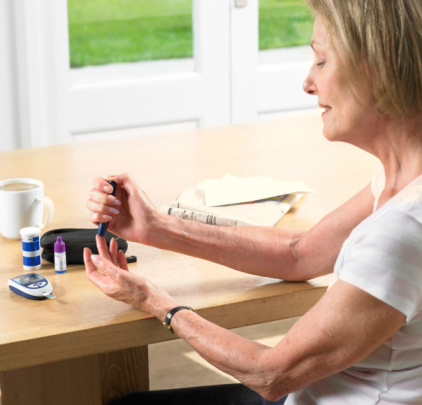Journal of Diabetes Science and Technology, Vol. 7, Issue 1 Jan. 2013.
El-Gayar, Timsina and Nawar.
ABSTRACT
Background:
Advancements in smartphone technology coupled with the proliferation of data connectivity has resulted in increased interest and unprecedented growth in mobile applications for diabetes self-management. The objective of this article is to determine, in a systematic review, whether diabetes applications have been helping patients with type 1 or type 2 diabetes self-manage their condition and to identify issues necessary for large-scale adoption of such interventions.
Methods:
The review covers commercial applications available on the Apple App Store (as a representative of commercially available applications) and articles published in relevant databases covering a period fromJanuary 1995 to August 2012. The review included all applications supporting any diabetes self-management task where the patient is the primary actor.
Results:
Available applications support self-management tasks such as physical exercise, insulin dosage or medication, blood glucose testing, and diet. Other support tasks considered include decision support, notification/alert, tagging of input data, and integration with social media. The review points to the potential for mobile applications to have a positive impact on diabetes self-management. Analysis indicates that application usage is associated with improved attitudes favorable to diabetes self-management. Limitations of the applications include lack of personalized feedback; usability issues, particularly the ease of data entry; and integration with patients and electronic health records.
Conclusions:
Research into the adoption and use of user-centered and sociotechnical design principles is needed to improve usability, perceived usefulness, and, ultimately, adoption of the technology. Proliferation and efficacy of interventions involving mobile applications will benefit from a holistic approach that takes into account patients’ expectations and providers’ needs.
J Diabetes Sci Technol 2013;7(1):247–262
Via rob halkes, Rowan Norrie, dbtmobile



 Your new post is loading...
Your new post is loading...








There is good perspective to mobile health (ehealth) applications to self management in diabetes. However, as this research review suggests: we need to know more about use and socio technological influences. As I repeat myself: ehealth mhealth is NOT about technology: it is about implementation. Let's go for that!